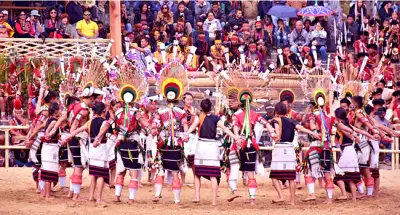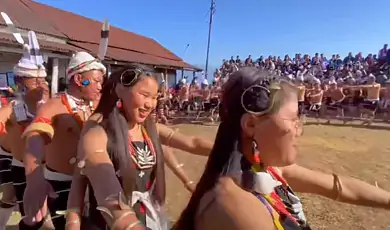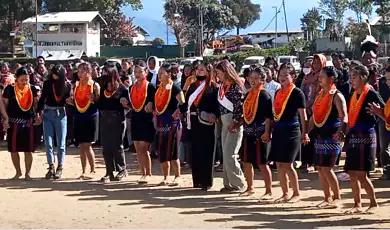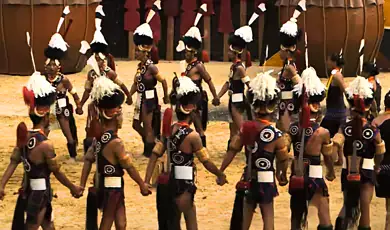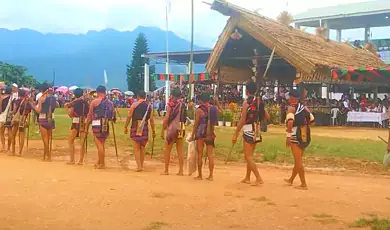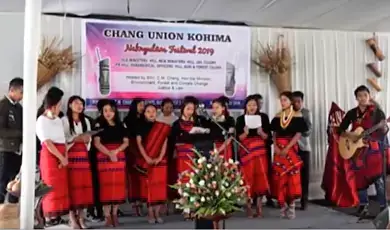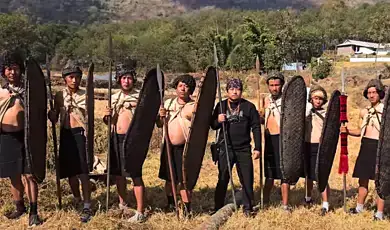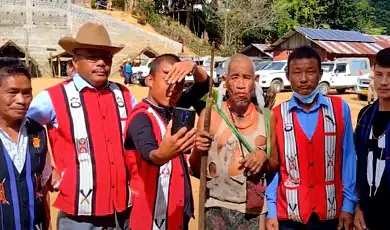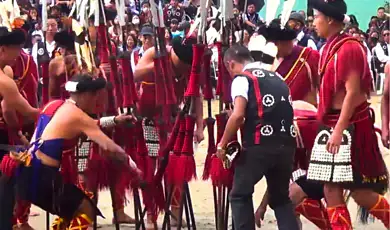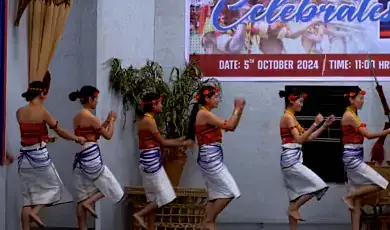
Nagaland, a land prosperous in culture and customs, is well-known for its dynamic tribal festivals. The most famous festival in Nagaland on a global hierarchy is the Hornbill Festival, observed every December. This splendid affair showcases the wealthy legacy of the state's multiple tribes, presenting their music, dance, arts, and traditions. It’s often guided to as the "Festival of Festivals" for its important part in connecting the people of Nagaland and luring travellers from all over the globe. Festivals are extremely related to the rural lifestyle of the indigenous tribes. The Moatsu Festival, marked by the Ao tribe, is an excellent instance of this relationship. It celebrates the lot of the sowing season and is a time of festival, prayer, and desire for a bountiful yield. Such Nagaland festivals reinforce society relations and are essential to conserving the province's artistic uniqueness.
The Hornbill Festival stands out as the most identified Nagaland festival. Observed over several days, it features conventional dances, crafts, indigenous sports, and more. The festival represents the state's and its people's spirit. Additionally, events like the Sekrenyi Festival, celebrated by the Angami tribe, are equally important. Sekrenyi is a purification festival that symbolises the cleansing of body and soul and prepares for a new agricultural cycle. Among the main festivals of Nagaland, Tuluni, observed by the Sumi community, is outstanding. This carnival celebrates the end of the dry season and the start of the monsoon. It’s a time of feasting, partying with homemade rice and beer, honouring lot, and thanksgiving. Tuluni highlights the importance of rain for successful farming and marks the beginning of the planting season.
Some famous festivals, like Hornbill and Sekrenyi, are rooted in both the social and agricultural aspects of tribal life. Through these famous Nagaland festivals, communities celebrate their heritage while strengthening their bonds with each other and the land they depend on. These festivals play an essential role in preserving the cultural fabric of Nagaland for future generations.
| Sr. No. | List of Festivals in Nagaland | More Information |
|---|---|---|
| 1 | Hornbill Festival | |
| 2 | Aoleang Monyu | |
| 3 | Bushu Jiba | |
| 4 | Hega | |
| 5 | Khao Josie-Hok-Ah | |
| 6 | Metemneo | |
| 7 | Miu | |
| 8 | Moatsu Mong | |
| 9 | Mongmong | |
| 10 | Naknyulum | |
| 11 | Ngada | |
| 12 | Sekrenyi | |
| 13 | Thuni | |
| 14 | Tokhu Emong | |
| 15 | Tuluni | |
| 16 | Yemshe |


